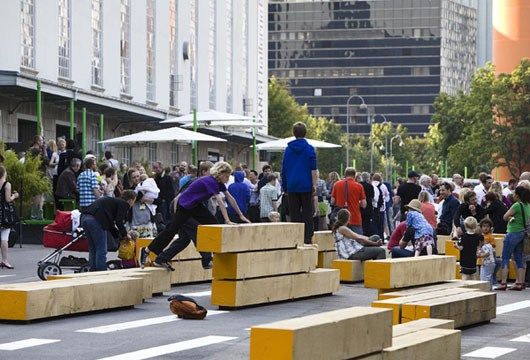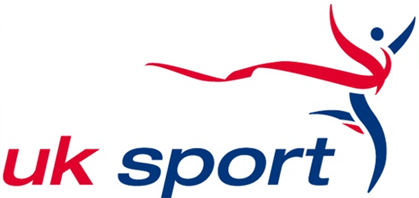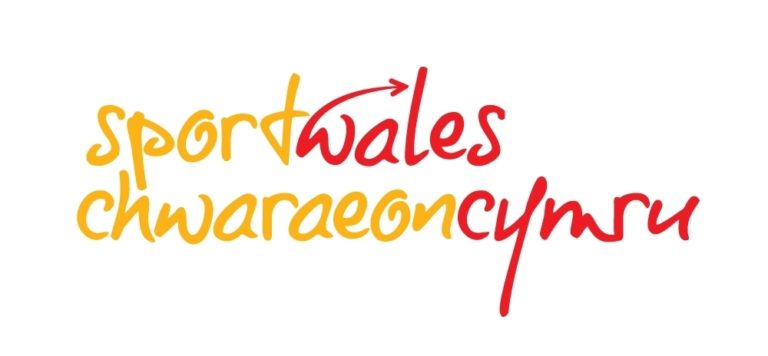
Uniting the Movement, with Purpose
Last week saw the launch of the much-anticipated new strategy from Sport England. The launch event had advertised a broad range of speakers from UK Active, Parkrun, the World Health Organisation and GM Moving to reflect the intent to join forces on the big issues facing sport. The strategy is called ‘Uniting the movement’ and advocates for ‘movement, sport & physical activity.’ It outlines five big issues and five catalysts for change.
I believe there is a huge opportunity for parkour and freerunning to thrive in England over the next ten years as there is a role for members of the Parkour UK community to play in each of the issues outlined and the chance to adopt / collaborate within each of the catalysts.
There is an importance to all five of the big issues; recover & reinvent, connecting communities, positive experiences for children & young people, connecting with health and wellbeing and active environments…but there are two in particular which are central to opportunity for parkour.
Connecting communities & Active Environments
When introducing the connected communities part of the strategy, Tim Hollingsworth made the following points about sport and physical activity being a huge force for good.
“It can help reduce inequalities, it can bring people closer together, it can help create more resilient, inclusive and connected neighbourhoods, it can also help grow a local economy, it can help create jobs. It can help tackle anti-social behaviour by improving people life chances and opportunities. Put simply the clubs, the groups, the charities, the organisations that provide for community grass roots sport and physical activity. They are part of the fabric of our nation. They are how we connect and how we stay connected with each other.”
The term community has long been associated with parkour. The parkour population has referred to its ‘communities’ since the beginning, notably in the Jump London documentary in 2003 and Jump Britain in 2005. Our communities are passionate, societally and environmentally mindful, do not follow any specific structure or definition and can range in size and scale consisting of small and agile groups of individuals to large multi-faceted commercial organisations. The majority of parkour practitioners train “to be strong to be useful”, regularly volunteering time to enhance their communities, public spaces and grow the discipline.
Our community have already had an impact in many areas of the new strategy. Parkour groups have been working with young people from challenging backgrounds, fall prevention and Parkinson’s support in older populations and improving physical literacy across the life course and at all levels of sport. Parkour is made for collaboration with other groups, and these partnerships have been catalysts for change across sport, community development, education and the arts. It is very exciting for us to see that the core principles and culture of parkour – which have persisted since the beginning of the sport – are in-built in the new strategy’s approach. This means that parkour is positioned to do what it already does very well.
Parkour is made for collaboration with other groups, and these partnerships have been catalysts for change across sport, community development, education and the arts. It is very exciting for us to see that the core principles and culture of parkour – which have persisted since the beginning of the sport – are in-built in the new strategy’s approach. This means that parkour is positioned to do what it already does very well.
Dame Sarah Storey, the Active Travel Commissioner for Sheffield City Region brought the active environments part to life and made points on altering the language we use about physical activity. “Just moving more anyway” and getting away from having it “as a slot in the diary” is exactly what lifestyle sport and parkour represents.
 There are great examples from around the world of using space in multiple ways to encourage movement and play. In Denmark, The Carlsberg Metatron is a brilliant example of parkour and life existing together in the same place. The project was designed in collaboration with Streetmovement, focused on the idea of facilitating an urban space in an abstract and creative way, the main themes being play and activity.
There are great examples from around the world of using space in multiple ways to encourage movement and play. In Denmark, The Carlsberg Metatron is a brilliant example of parkour and life existing together in the same place. The project was designed in collaboration with Streetmovement, focused on the idea of facilitating an urban space in an abstract and creative way, the main themes being play and activity.
 In Newcastle, Australia the Project Market Garden was designed along with Newcastle Parkour and funded by the city. Parkour helps people to think about the value, design and beauty of any space and we’d love to see more projects like this in England to make our environments more active.
In Newcastle, Australia the Project Market Garden was designed along with Newcastle Parkour and funded by the city. Parkour helps people to think about the value, design and beauty of any space and we’d love to see more projects like this in England to make our environments more active.
Four of the eight indicators given by Sport England as to ‘what this looks like’ within the connecting communities & active environment represent ways in which parkour can be part of the solution. Specifically;
| Uniting the Movement | Moving with Purpose |
|
Active Environment Helping to create better places to live and the maximising the potential of green spaces, more grey spaces for Parkour though is more pertinent. Active Environment Inspiring communities to create opportunities to be active in local spaces. |
As part our strategy we have set out to ‘communicate, educate and influence’. Through our Parkour parks and facility guidance work we are building on the European standard for Parkour equipment by providing advisory and technical support for stakeholders regarding the protection, enhancement and provision of Parkour spaces. |
|
Connecting Communities Investing in people and capacity of trusted community organisations Connecting Communities Advocating place-based collaboration nationally and locally to address societal issues. |
As part our strategy we have set out to ‘grow our community’ and ‘to maximise culture and commercial opportunities’. Specifically, we are focussing on using Parkour to tackle key social issues & outcomes such as mental health, social inclusion and inactivity. Also use and generate online content and case studies from our communities and members to share best practice & sustainable models |
If you share our excitement about ‘Uniting the Movement, with Purpose’ and would like to work with Parkour UK to contribute, please contact info@parkour.uk.
#GiveParkourAGo #MoveWithPurpose #UnitingTheMovement




